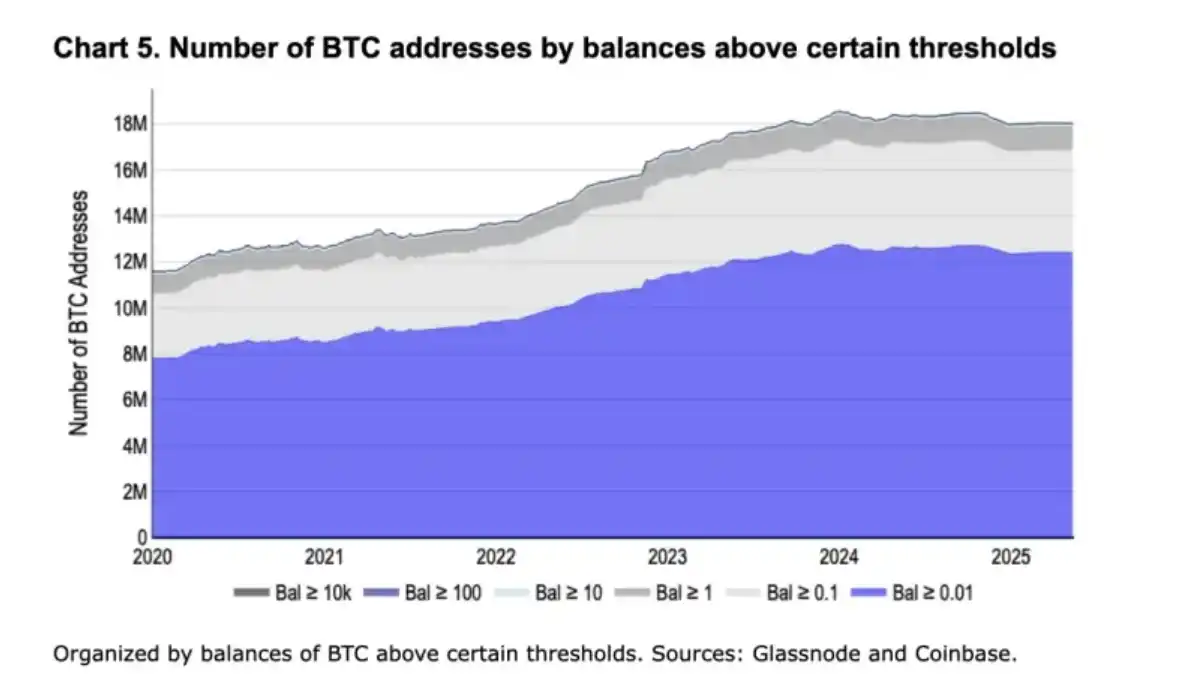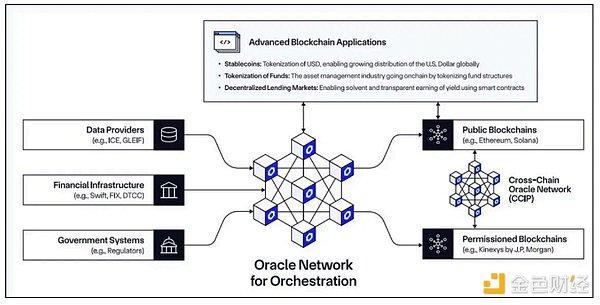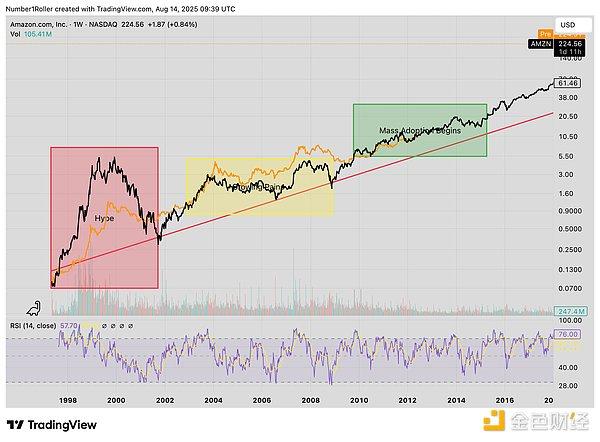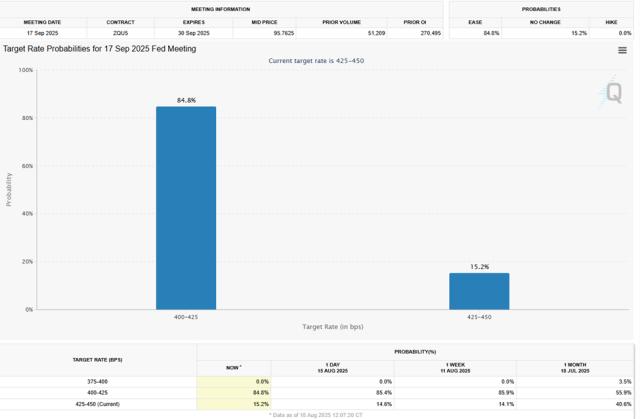For example, the circulation of currencies from countries with current account surpluses may be insufficient on a global scale (this is the "Triffin Dilemma" proposed by economist Robert Triffin, who suggested addressing this issue by establishing new reserve currency units). At the same time, due to the highly decentralized fiscal policy in the Eurozone and numerous institutional restrictions on the European Central Bank, despite the euro being the second-largest global reserve currency, its influence is still far from that of the US dollar.
We believe that for politically sensitive trade relationships, especially for countries with current account surpluses, assets with censorship resistance and sovereign neutrality (i.e., supranational assets) will be more attractive. Of course, the choice of such assets is very limited, so BTC may be the most promising competitor at present. In the long term, this could bring significant asymmetric upside potential for BTC. However, it should be noted that its widespread adoption may still be limited, as many countries are unwilling to give up control of their monetary policies. Of course, given that most commodities are still priced in US dollars, from a practical operational perspective, the Federal Reserve is actually influencing the policy direction of most central banks globally to a large extent.
Why Now?
This is precisely why we emphasize not confusing "store of value assets" with "inflation-resistant assets", although they are closely related. We define "store of value assets" as assets that can maintain their value over a long investment cycle, while "inflation-resistant assets" are tools used to cope with short-term price shocks and protect purchasing power. An asset that is a high-quality store of value is not necessarily an effective inflation hedge, and vice versa.

From this perspective, we believe the potential capital inflow into BTC could be substantial, especially in 2025, when cryptocurrencies are expected to truly enter the mainstream market. BTC holdings have surged (see Figure 5), mainly due to the introduction of investment tools like spot BTC ETFs, which significantly lower the investment threshold; meanwhile, market liquidity and depth have also significantly improved over the past five years. Beyond BTC, the crypto payment field is also accelerating, with more and more institutional participants gradually recognizing the unique advantages of blockchain infrastructure in improving efficiency and controlling costs.
The continuous expansion of the BTC investor base is simultaneously progressing with multiple countries (and some US states) establishing strategic BTC reserves (or digital asset reserves). In March 2025, the White House issued an executive order, officially establishing a strategic BTC reserve using approximately 198,000 BTC seized by the US government. Notably, China may be the second-largest national BTC holder globally, estimated to hold around 190,000 BTC, also mainly from seized assets, although it has not yet officially launched a BTC reserve plan. Meanwhile, countries like the Czech Republic, Finland, Germany, Japan, Poland, and Switzerland are also studying the feasibility of incorporating BTC into their national reserve systems.
In comparison, according to data from the International Monetary Fund (IMF) and the World Gold Council, global above-ground gold reserves exceeded 216,000 tons by the end of 2024, with national central banks and sovereign fiscal departments holding about 17% (approximately $3.6 trillion) as reserves. On the other hand, affected by exchange rate fluctuations in 2024, global foreign exchange reserves decreased from $12.75 trillion to $12.36 trillion in the fourth quarter of 2024. This means that gold holdings (not included in foreign exchange reserve statistics) currently account for about 23% of global comprehensive international reserves, compared to just 10% a decade ago. Additionally, Basel III will officially take effect on July 1, 2025, at which point gold will be reclassified from a Tier 3 asset to a Tier 1 "high-quality liquid asset", which may further promote the global de-dollarization asset allocation process.
As demand for the US dollar weakens, we believe more countries will seek to diversify their foreign exchange reserves. Conservatively estimated, if only 10% of global total international reserves are allocated to BTC, its total market value could potentially increase by approximately $1.2 trillion in the long term.
Conclusion
The global monetary system is undergoing a major transformation, manifested by increasing concerns about US fiscal and trade policies and the gradual erosion of the US dollar's dominance, creating unique development opportunities for alternative store of value assets. We believe that BTC, with its sovereign neutrality and immunity to international sanctions, and being increasingly viewed by more countries as a potential strategic reserve asset, is likely to significantly benefit from this trend. Simultaneously, the reclassification of gold asset categories under Basel III and the slowing pace of gold purchases by some central banks further confirm this structural transformation. Overall, we believe the world is accelerating its departure from traditional dollar dependence, and BTC has the potential to become a key component of the future global financial system.







